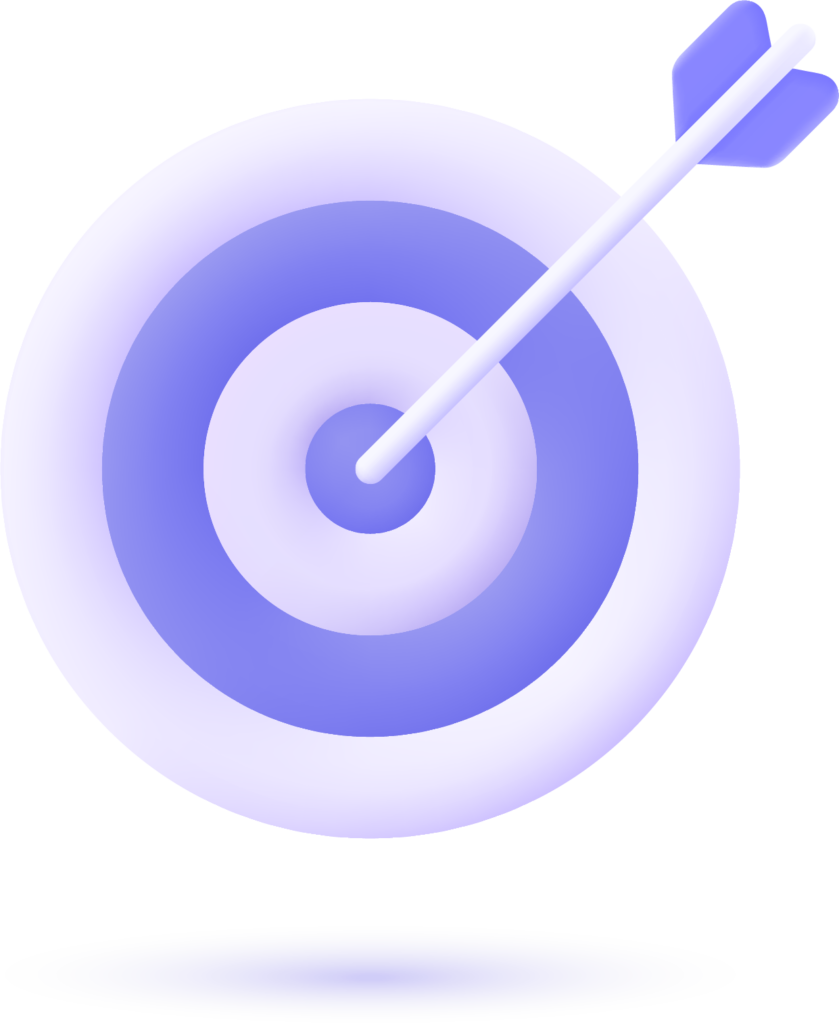The world of paid search advertising pricing is changing in 2025, and understanding these shifts are very important. Research shows that businesses have spent over $100 billion on paid search advertising in 2022 alone. The number is expected to rise in 2025. But is the investment that companies are making worth it?
In this blog, we will give you a Detailed PPC Management Pricing Breakdown, so you can get a better understanding of what to expect and how to make smart decisions for your business.
What Affects Pay Per Click Management Pricing?
Knowing the factors that affect the pricing will help you understand what you are actually paying for. These costs are not just about your budget. They depend on several factors, including:
1. Service Level
Not all services are the same. A basic package might cover keyword research and ad creation. Whereas a more advanced package could include bid management, ad testing, and ongoing optimization. The price will increase according to the services you need.
2. Industry
Your industry can significantly affect the amount that you are spending on digital advertising management. For example, industries like healthcare, finance, and insurance face higher costs because there is harder competition for valuable keywords.
A report from WordStream shows that the average CPC for industries like legal can be as high as $6.75, while industries like eCommerce see a much lower average CPC of $0.97.
3. Geography
Targeting local customers is comparatively less expensive than running a global campaign. If your business is targeting specific cities or countries, then your costs will be lower compared to a global campaign that is targeting multiple regions. A study by Google has found that local campaigns can be 30% less expensive than national or global campaigns.
4. Experience of the Agency
Experience matters. Agencies with a strong track record will mostly charge more because they bring expertise to the table. It might seem affordable to go with a cheaper option. But experienced agencies are more likely to get better results and can help you avoid costly mistakes in the long run.
Statista says that 66% of businesses that hire experienced PPC management companies report a 50% higher ROI compared to those who are working with less experienced teams.
5. Platform Choice
The platform you choose for your campaigns also impacts the pricing. Google Ads and Facebook Ads are two of the most popular choices, but their costs can vary widely. For example, Google Ads are likely to be more expensive than Facebook Ads, especially for high-demand keywords. Some agencies might prefer Facebook Ads because it is more affordable, while others may depend heavily on Google Ads due to its wide reach.
As of 2023, Google Ads continues to dominate the space with an average CPC of $5.26 compared to $0.25 for Facebook Ads (source: WordStream).
How PPC Pricing Has Changed in Recent Years
Pricing has been influenced by several factors in recent years, especially after the evolution of ad auction systems. Google and other platforms have improved their bidding systems. They have made them more dynamic and data-driven. These changes have increased competition and raised costs in some cases.
Another factor that is contributing to higher cost per click management is increased automation. Automation can streamline campaigns and help in optimizing bidding. It can also lead to higher prices in competitive industries. A skilled agency can provide valuable help in these cases by using advanced tools and strategies to drive better results for your budget.
PPC Management Pricing Models to Expect in 2025
Pricing will continue to evolve in 2025. That is why understanding the different pricing models is important for choosing the right one for your business. There are several pricing models to consider depending on your goals and the type of services you need. Let us look at what you can expect:
1. Flat-Rate Fees
Flat-rate pricing is a straightforward model where businesses pay a set monthly fee for management. This is useful for small businesses or companies that need basic services such as keyword research, ad setup, and monitoring.
The cost typically ranges from $500 to $10,000 per month, depending on the complexity and scale of the campaign. The flat-rate model gives businesses predictable costs. It might not include more advanced services like A/B testing or bid optimization unless it is specified.
2. Percentage of Ad Spend
A more common pricing model is charging a percentage of your ad spend. These agencies typically charge between 10% to 20% of your total ad spend to manage your campaigns. For example, if you spend $10,000 on ads, then the agency fee would be between $1,000 and $2,000.
This model is beneficial for businesses that want to tie their costs to their actual advertising budget. The agency will earn more if you spend more on the ads that will align both parties’ goals. It works well for businesses that are running larger campaigns or those who have fluctuating budgets.
3. Performance-Based Pricing
Performance-based pricing is a growing trend in the pay per click management pricing. With this model, businesses pay based on the results of their campaigns, such as leads, conversions, or sales. If you are looking to maximize ROI and pay only for performance, then this model could be a good fit.
This model benefits businesses that want to see clear results from their ad spend. Agencies can charge a base fee plus bonuses based on performance metrics like click-through rates or the number of conversions.
4. Hybrid Models
Hybrid pricing models combine elements of flat-rate fees and performance-based pricing. A business might pay a fixed monthly fee for basic services, with additional fees based on specific performance metrics like sales or conversions.
This model offers a balance. This allows businesses to keep predictable costs while also rewarding the agency for driving results. It is becoming increasingly popular for businesses that are looking for a more results-driven approach while maintaining budget control.
5. Hourly Rates
Some agencies charge an hourly rate for their services. Their Rates typically range from $100 to $150 per hour. This model is more common for businesses that need a more hands-on approach, such as consulting or special projects, rather than ongoing campaign management.
Hourly pricing can be flexible, but it can increase if you are not careful about how much time the agency spends on your campaigns. It is most suitable for smaller campaigns or when you need expert advice on specific aspects without a long-term commitment. How Much Should You Spend on PPC?
Determining your digital ads management cost depends on your business size and goals. Here is a quick guide for that:
- Small Businesses: If you are just starting, then a budget between $500 and $3,000 per month is ideal for local or niche campaigns. Focus on low-cost platforms and targeted keywords.
- Medium-Sized Businesses: Businesses with steady revenue should budget $3,000 to $10,000 monthly. This allows for larger campaigns with optimized targeting and higher-conversion ads.
- Large Enterprises: Larger businesses expect to spend $10,000 or more per month, especially if you are targeting competitive markets like law firms or ecommerce.
What Can Businesses Expect to Pay in 2025?
PPC services pricing is expected to follow current trends in 2025:
- Small Businesses: Expect to pay $500 to $3,000 per month for basic services. This suits local targeting and smaller campaigns.
- Larger Enterprises: A budget of $10,000 to $25,000 per month is common for high-competition industries like law firms or ecommerce.
- Competitive Industries: High CPCs in law, insurance, and real estate might push costs to $6 to $10 per click.
While automation and mobile-first strategies may help reduce costs, businesses in competitive sectors will likely face higher pricing. Understanding these costs will help you plan your campaigns effectively in 2025.
Conclusion
Understanding the pricing breakdown for pay per click management is important for businesses that are looking to get the most out of their advertising spend in 2025. You can make smarter decisions for your campaigns by knowing what factors influence costs and how to budget effectively. By understanding management costs, you will be able to allocate your resources wisely and maximize ROI.
If you need expert guidance on optimizing your strategy, then iClick Advertising is here to help. Let us get started today!





